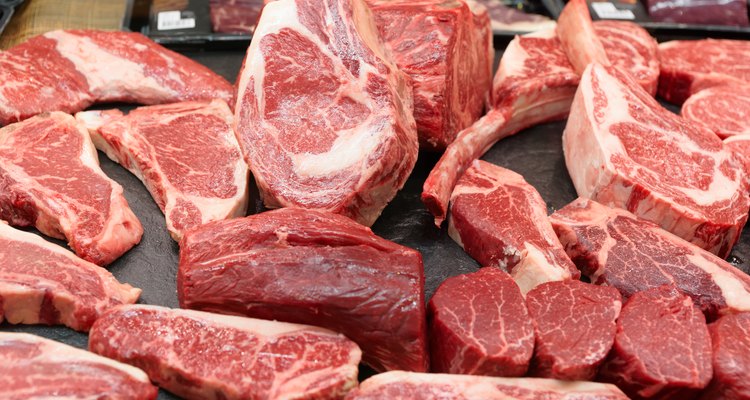
Kondor83/iStock/GettyImages
When you have a large family to feed or a freezer to fill, buying your beef one piece at a time can get costly. Butchers often address this need -- and improve their competitive position against the supermarkets -- by offering large-scale freezer packs of beef. For example you might opt to buy an entire hind quarter of the steer, which gives you a range of more-and less-desirable cuts.
Primals and Sub-Primals
To provide the meat and food service industries with a consistent way of describing beef cuts, a steer's carcass is divided into large pieces called primal cuts, smaller pieces called sub-primals, and finally the individual retail cuts. The front quarter contains the chuck and rib sections, and the front half of the loin. The hind quarter contains the back half of the loin, or short loin, as well as the sirloin, round, rump and sirloin tip. From those sub-primals, your butcher can produce or "fabricate" a large number of individual cuts. Hindquarters average approximately 190 pounds before cutting, though some of that will be lost to trimming.
Grilling Steaks
The hind quarter contains a number of the choicest grilling steaks. The T-bone and porterhouse are cut from the loin, containing healthy portions of the striploin and the tenderloin on either side of the bone. Alternatively you can ask your butcher to give you New York strips, and either keep the tenderloin intact as a roast or cut it into fillet mignons. The top sirloin, located further to the animal's rear, is also tender enough to treat as a grilling steak for everyday purposes. The sirloin tip is tougher, and better when cut into smaller pieces for kebabs or stewing.
Tasty Roasts
The hind quarter also contains the rump and round roasts. Round roasts are slightly tough, but they make an excellent table roast if they're carved thinly. Round is quite lean, so it's also very good for sandwiches. Rump roasts are tougher but better marbled, and are best when slow-cooked for pot roast or cut up for stewing beef. The top sirloin, sirloin tip and ball tip can also be cut as roasts. They're tenderer than the rump or round, and relatively flavorful. For special occasions, the whole tenderloin or striploin can be treated as a roast.
Other Cuts
The hind quarter contains a section of the steer's flank, a tough section with a very pronounced grain. Most flank recipes call for it to be slow-roasted until tender, but it can also be grilled and then thinly sliced across the grain to make it tender. Skirt steaks are also found in the hind quarter and are used the same way. The toughest portion of the hindquarter is the shank, or the lower part of the leg. It's usually ground up for hamburger meat, along with other trim pieces. Alternatively you could have your butcher cut it into slices for you, and use them to make exceptionally rich soups, stews or beef broth.
Related Articles

Cuts of Meat From a Front Quarter of ...

Different Cuts of Steak
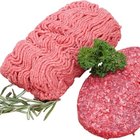
What Cuts of Meat Are Used for Ground ...

What Is the Difference Between a Prime ...

Cuts of Meat From a Side of Beef
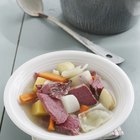
The Best Way to Cook a Silverside
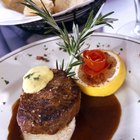
Do Filet Mignon Steaks Come From Female ...

Does a Rib Eye Have a Filet in It?

What Is a Tip Roast?

How to Buy Oxtail

What Are Pork Cutlets?

How to Cook Kobe Steaks
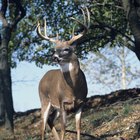
What Cuts of Meat Can I Get From Deer ...
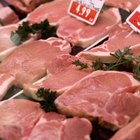
Types of Pork Chops

How to Cook Buffalo Fillet

What Part of the Cow Is Boneless Beef ...
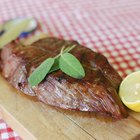
How to Grill London Broil

Tri Tip Cooking Methods

How to Make Beef Bottom Round Roast ...
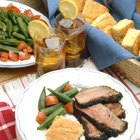
How to Cook London Broil
References
- On Cooking: A Textbook of Culinary Fundamentals; Sarah Labensky, et al.
- Washington State Department of Agriculture: Processing Percentage Charts
Writer Bio
Fred Decker is a trained chef and prolific freelance writer. In previous careers, he sold insurance and mutual funds, and was a longtime retailer. He was educated at Memorial University of Newfoundland and the Northern Alberta Institute of Technology. His articles have appeared on numerous home and garden sites including GoneOutdoors, TheNest and eHow.